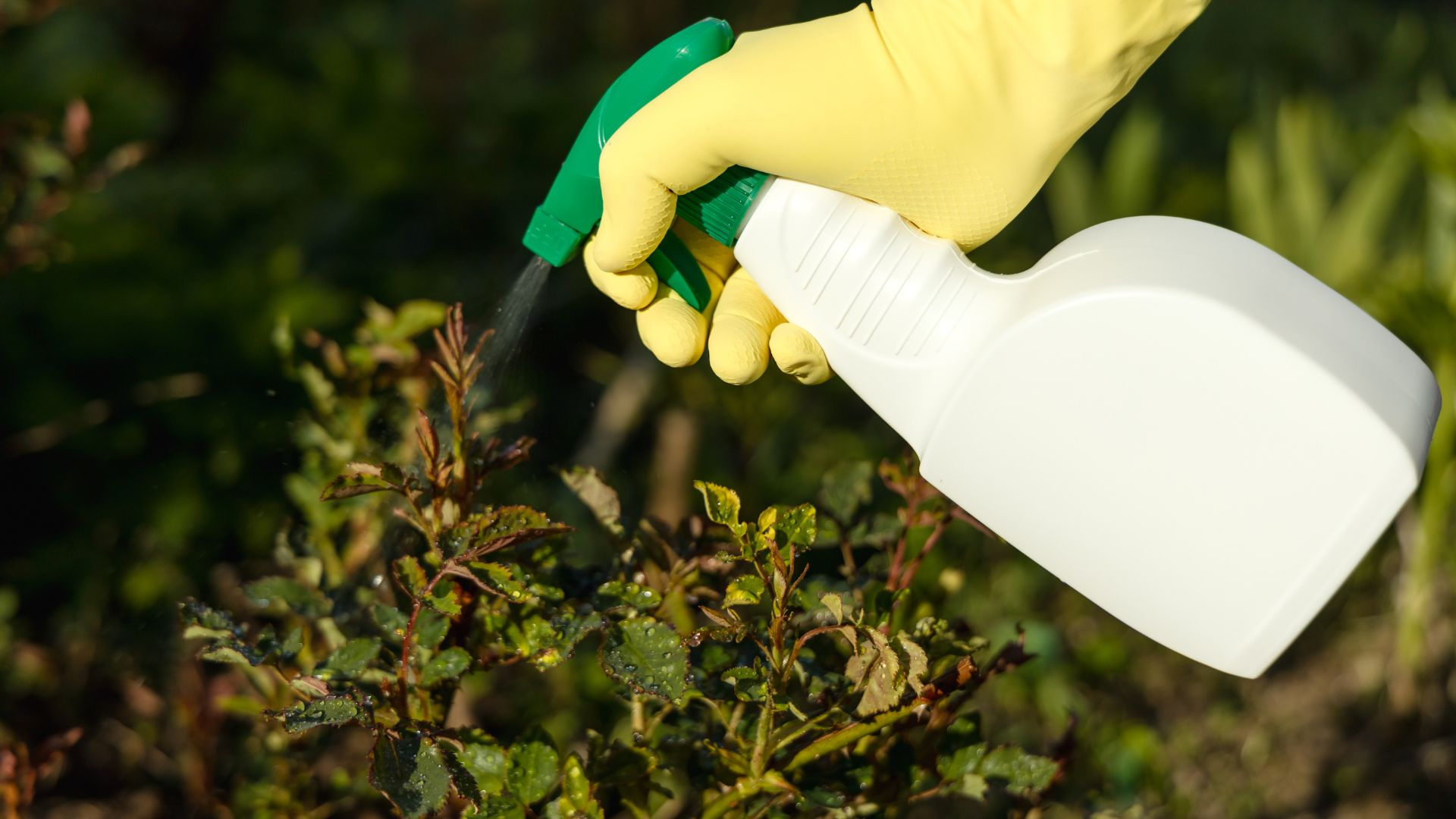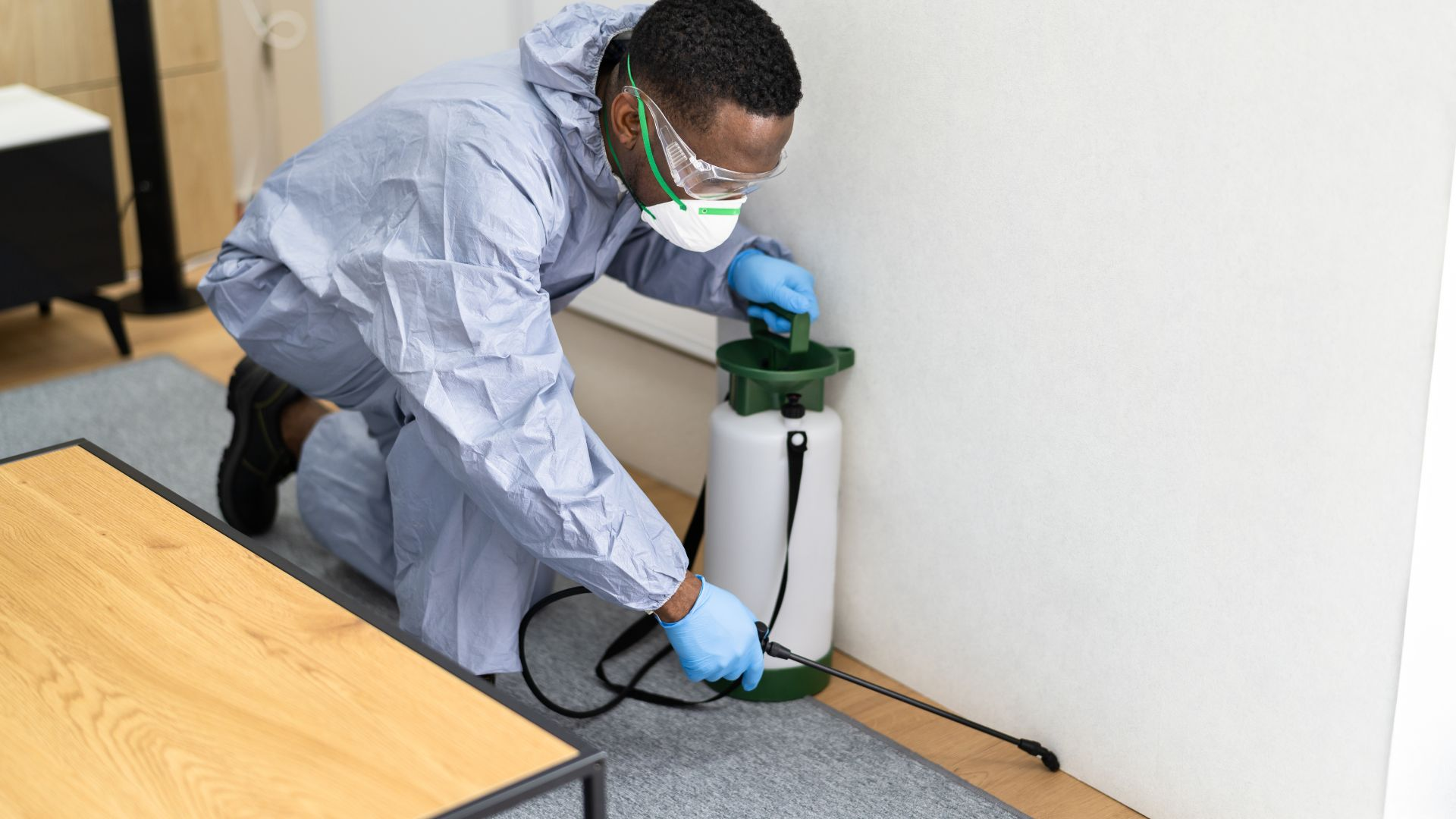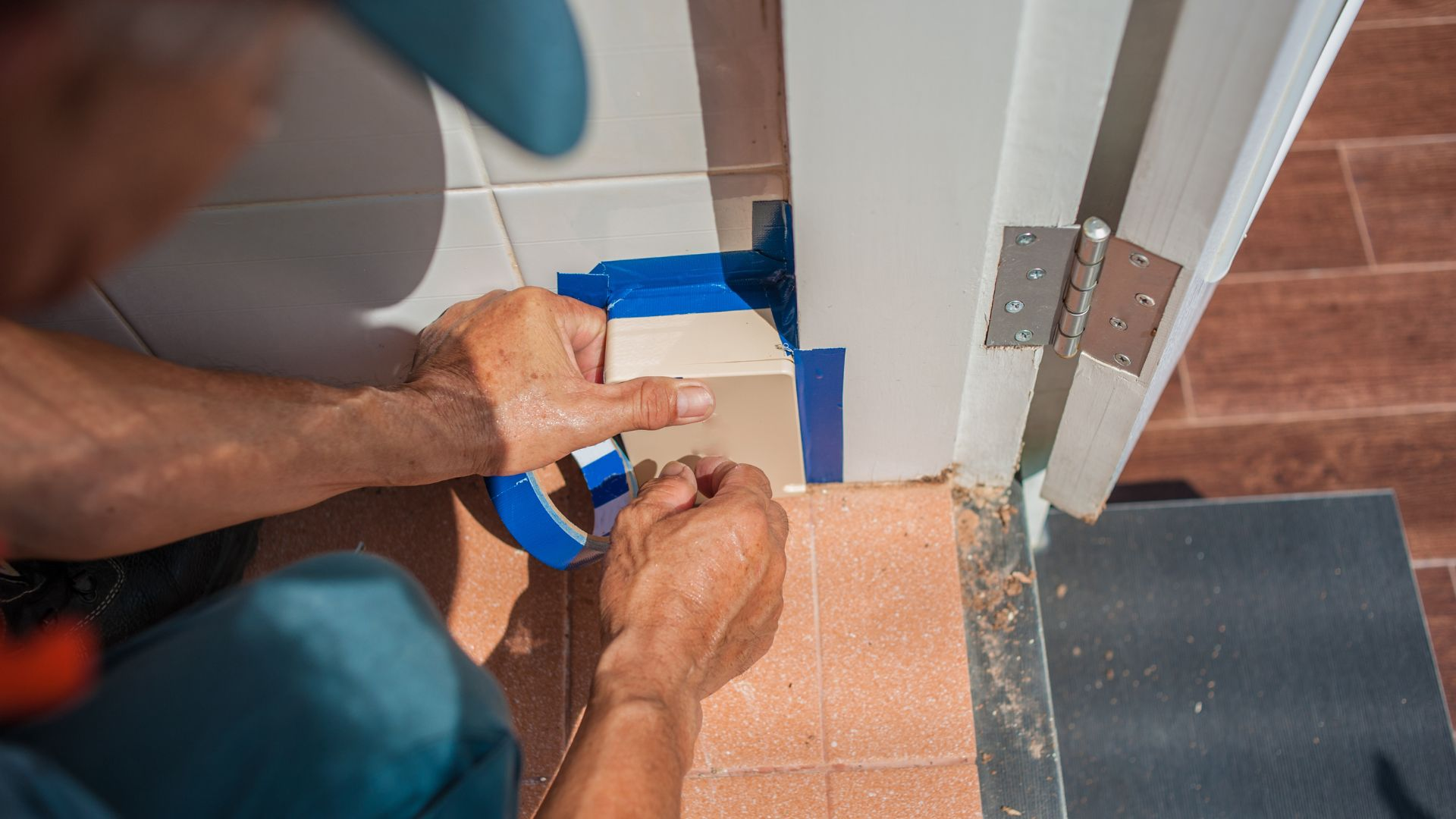
In our world, the harmony of nature and the comforts of our homes often seem at odds, a silent but persistent battle wages on the microscopic and macroscopic terrain of our lives – that between pests and people.
Developed by pest control experts, Integrated Pest Management (IPM) offers a path to harmonious coexistence, and even outright control over the scourges of termites, cockroaches, and a host of uninvited tiny guests.
In this blog, we'll explore the intricacies of IPM, an approach that blends sophisticated control techniques with a pledge to safeguard ecosystems.
It's a method that transcends the mere elimination of bugs, aiming for pest prevention at the root, minimizing ecological footprints without compromising efficacy.

At its core, Integrated Pest Management is an umbrella strategy incorporating several tactics, ranging from mechanical and biological control methods to the judicious use of chemicals when absolutely necessary.
The IPM paradigm doesn't shy away from pesticides but teaches moderation and precision, employing these tools in a manner that ensures sustainable results.
IPM stands out from traditional pest control with its focus on long-term sustainability and ecology. Where conventional methods may clear a house of fleas today, IPM deploys strategies to keep them out for months or years on end.
This is accomplished by employing natural repellents and even modifying the immediate surrounding environment to discourage their return. It's proactive, preventive, and most importantly, mindful of the environment.
Implementing IPM often involves understanding pest lifecycles, tendencies, vulnerabilities, and the local ecology.
By gathering this crucial intelligence, practitioners can craft custom strategies tailored to specific environments, ensuring optimal effectiveness.

Homeowners are increasingly drawn to the DIY approach, fueling a green revolution against the typical methods of the traditional pest control company.
Armed with the right knowledge, DIY enthusiasts can take their homes back from invaders quickly and without breaking the bank.
The cornerstones of IPM programs for pest control for homes are simple yet powerful:
Don your entomologist hat and identify the enemy. Understanding your foe is the first step towards meaningful control.
Seal their entryways (mechanical control), and pests may never bother consulting you for accommodation again. Checking your bags for bed bugs before you come home after a trip is another way to stop an infestation from ever beginning.
Pests love a narrow, seldom-cleaned gap or a cozy corner. Make sure they don't have the luxury of either.
Introduce predators of pests that share an ecosystem.
These pest control products are the last component in the IPM toolbox, and their strategic, minimal usage is key.
Adopting these techniques may require a little more time and forethought, but the satisfaction of knowing you’ve created a sustainable forcefield around your home is immeasurable. Plus, there's that sense of pride in saying you run a tight ship against pests, all on your own.

While the initial investment in IPM practices and tools might cause a fleeting unease in the budget, it's essential to consider the long-term cost savings.
Traditional pest control services can rack up significant expenses, while the supplies and education for sustainable IPM are significantly more cost-effective, with usually only minor maintenance costs.
Health, wellness, and environmental benefits also tip the scales in IPM’s favor. Safer environments at home and in nature, effective control, and peace of mind from reducing the influx of harmful chemicals all speak volumes about the advantages of the IPM approach.
To the casual observer, implementing IPM may seem like an elaborate dance, combining a myriad of steps and methods. However, at its heart, IPM is incredibly practical - it’s about being there for a check-up before things spiral out of control with a full-on pest infestation.
Regular inspections and monitoring are the unsung heroes of IPM. A carefully observed, regularly monitored environment can provide early warning signs of pest pressures and potential outbreaks.
By catching issues before they blossom into catastrophes, the IPM enthusiast can prevent pest problems before they become serious. They can maintain a pest-free home without resorting to the nuclear option.
Everyone’s an amateur before they’re not—and that truth resonates deeply with IPM. We’ve compiled common queries to demystify IPM for budding practitioners.
Starting with IPM to manage pests is as simple as observing and understanding your environment. Take note of the species you share a home with—unwillingly or not—and begin crafting strategies that accommodate them without hosting them for dinner.
Online resources, community extensions, and DIY kits from a pest control service can help you label the intruders. Once identified, look for pest management strategies that target their particular vulnerabilities—a bit like a tech startup catering to a niche market, but with more antennae.
Long-term savings with IPM can be substantial, and they extend to unseen value like environmental quality and human health.
The cost considerations of managing pests are more about upfront education and tools, both of which tend to pay for themselves in no time. Preventing future pest problems from ever happening can save your household an incredible amount of money and headaches.

Integrated Pest Management isn’t just about winning battles; it’s about strategizing for the health of our ecosystems and the quality of life in our homes.
When we take the IPM path, we commit to a sustainable course, ensuring that our environments remain balanced and our homes are sanctuaries against the tides of pests and chemicals alike.
In the end, IPM isn’t just a method; it's a philosophy that weaves threads from the scientific, economic, and environmental spheres.
For those on fence about taking the plunge into DIY pest control, it's a leap that delivers results not only in your home but in a larger, more profound sense of stewardship over the planet.
Take control, be the change, and celebrate the triumph of harmony achieved through Integrated Pest Management.
No comments
0 comments